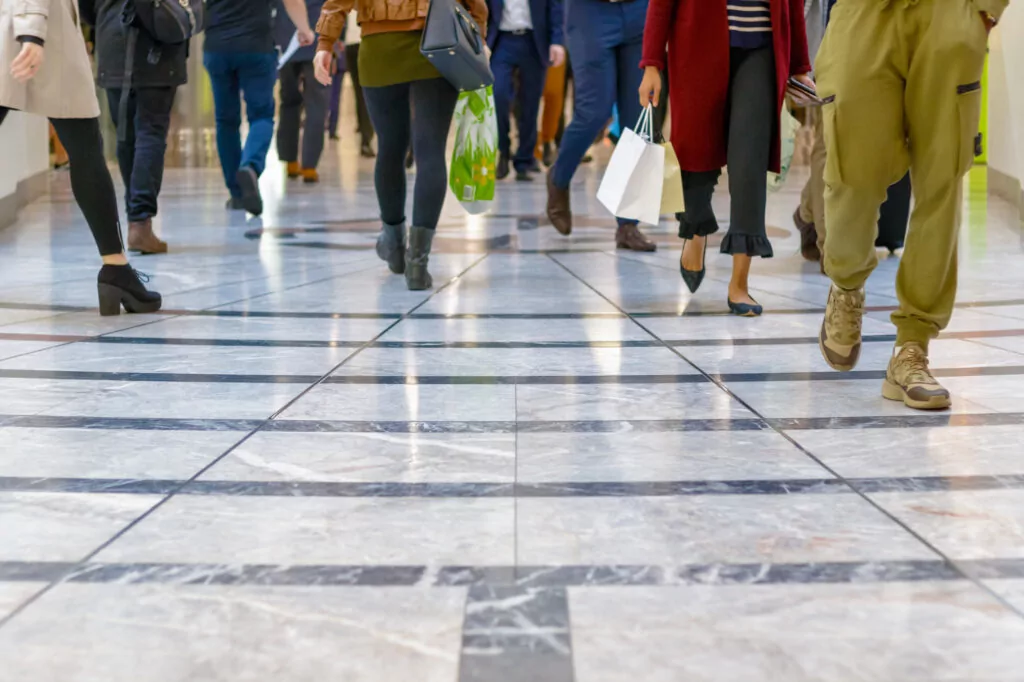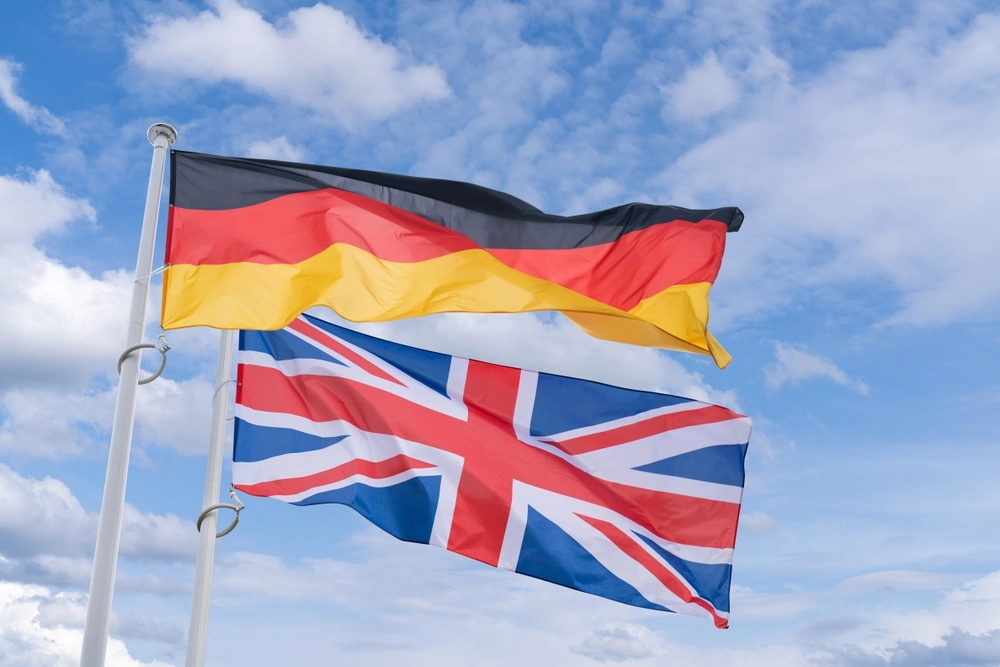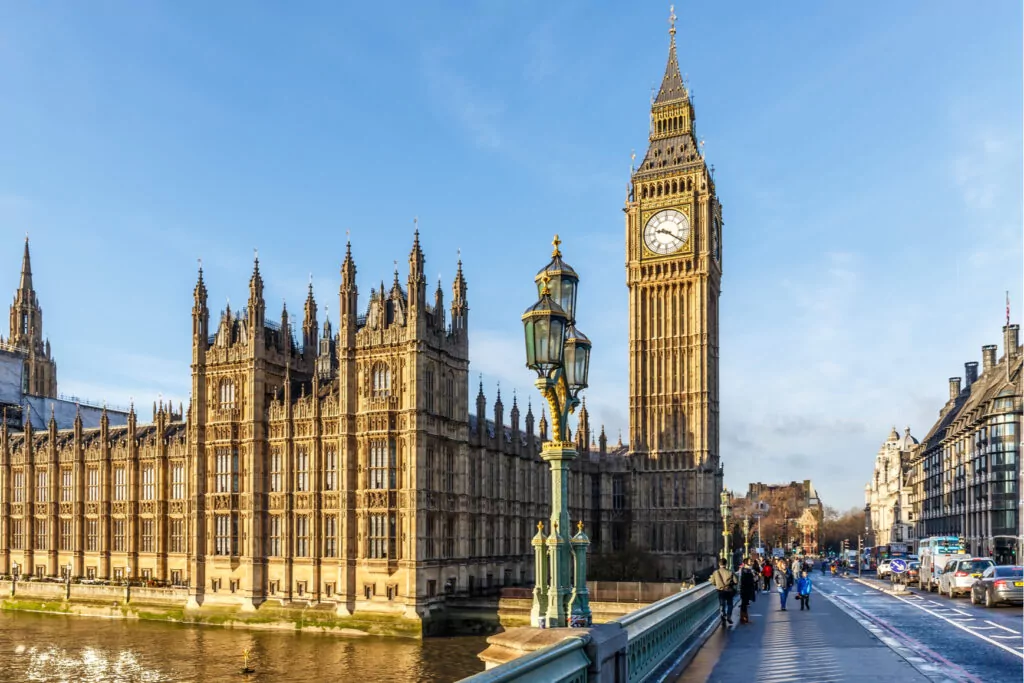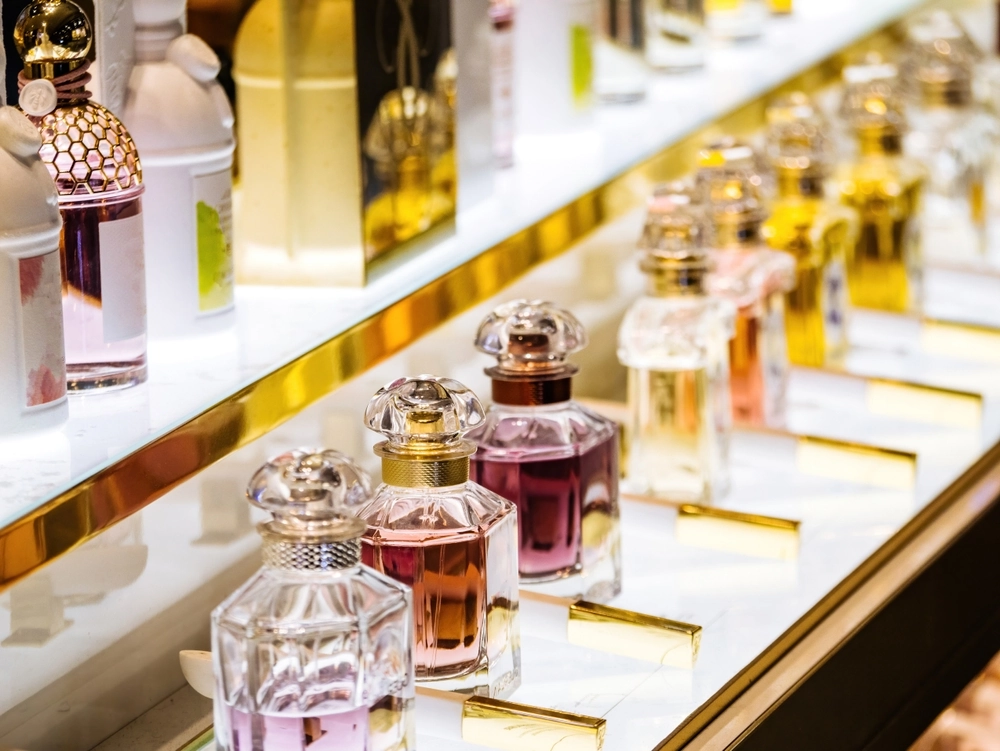

We all know the retail landscape is changing. Changing consumer behaviour (online shopping, next-day delivery options and fewer days working in the office), the pandemic and the economic environment have all contributed to reduced high street footfall and store closures. Consumers are simply not spending as much, and less of what they do spend is in-store – like for like sales in fashion, for example, fell 4.8% overall, but by 8.2% in store in February this year.
With over 9,000 high street retail outlets closing in Britain between 2020 and 2022, it’s something the government is taking seriously.
Last month, the Built Environment Committee launched an inquiry into high streets in towns and small cities, aiming to understand ‘how high streets can be regenerated and become more resilient and attractive’.
And yet, the decline of town centre shopping does not mirror a downturn in public sentiment towards their local high street. Our Perception of the High Street report revealed that a great proportion of people feel emotionally connected to their high street stores. 40% admitted to feeling ‘very sad’ when a shop closes on their high street.
Brands have an opportunity to tap into this emotional attachment and support for high street retailers to survive, by make visiting stores worthwhile for consumers, and boosting their commercial and marketing goals.
Regeneration of the high street is complex. Factors such as business rates, planning, transport and crime are all part of the picture. But retailers can also play a part in driving traffic by tapping into a demand for an experience that pure play online retail cannot deliver.
Partnerships to power growth
“We see examples of agile brands, thinking outside the box to connect with consumers. Tapping into memories of high street shopping that was more than transactional can be used as a springboard to attract footfall, especially when driven by interesting collaboration.”
With increasing rents and consumers spending less, a core goal for brands will be reclaiming lost profit from the last few years. Partnerships can play a pivotal role in this.
Data gathered for our ‘Harnessing the power of brand collaborations’ report revealed that over half of brands surveyed (54%) cited higher revenue turnover as a key marker of success, with almost all (98%) agreeing that partnerships are the best strategy for growth.
But it isn't just about increasing turnover. With the sentimental value at the heart of people’s perception of the high street, evoking excitement in brands and injecting new life into the shopping experience can perfectly align consumer desires and retail financial goals.
Being bold
Thinking outside the box can pay dividends. Look outside of your market sector – cross boundaries and new audiences will follow.
Grabbing a pasty in Primark wasn’t necessarily something people expected, and yet it makes perfect sense from a brand alignment perspective. Both are low cost, convenience high-street brands. Greggs has taken on an almost cult-like status for consumers in recent years, and it’s a smart move for Primark, a budget-friendly high street fashion brand, to develop and showcase a clothing range, which Greggs fans had been asking for.
Being playful
Making the in-store experience unmissable is a core part of drawing people back to our high streets.
“With bricks and mortar stores, there is an opportunity to create immersive experiences. Brands can open up the possibility for creativity and take advantage of the physical environment to offer something that is not available in the online environment.”
High street brands can take inspiration from Ikea’s partnership with Lego and their Bygglek range. The storage boxes are compatible with LEGO toys, so they can be stored both inside or on the boxes themselves. By fusing practicality with play, the storage solution tightly binds the two brands’ products together – it’s almost impossible to imagine one without the other.
Being strategic
Partnerships can welcome wider, relevant audience bases whilst boosting awareness of your brand. Next formed a concession arrangement with Mamas & Papas a few years ago, targeting their parent shopper base. We spoke to them as part of our ‘Harnessing the power of brand collaborations’ report, and they shared how they benefitted:
"Mamas & Papas are nursery goods specialists, so we are able to benefit from this joint consumer base of parenthood shoppers. It was highly beneficial in allowing us to recover from the pandemic's impact and become profitable despite many challenges. We extended the agreement because of improvements in footfall and sales performance."
Next
Since the survey, in January this year, it was announced that 10 more concessions would be opened in both M&S and Next stores, taking them to a total of 43. It’s a great example of a physical, in-store partnership going from strength to strength.
Four partnership priority points
When planning a partnership, we found that the core considerations can be distilled down into four areas:
1 Authenticity
2 Reputation
3 Communication
4 Fairness
You can read more about how to address these in our ‘Harnessing the power of brand collaborations’ report.
Legal teams are there to support
Legal can offer strategic advice and provide an impartial overview of a partnership from the word go. This can minimise risk, move things forward at pace and offer your team peace of mind – giving you the space to get creative. Get in touch to see how we can help secure your next partnership.













